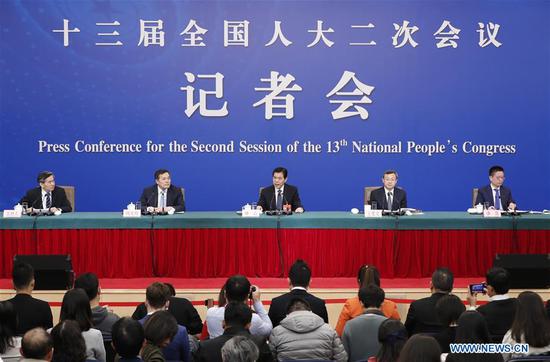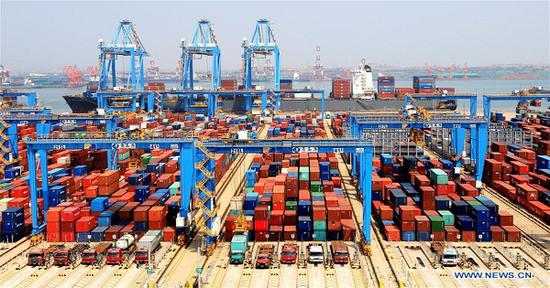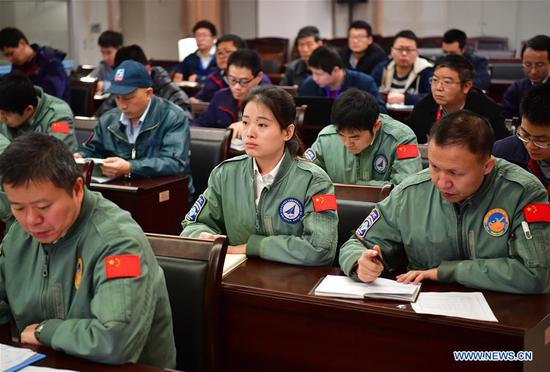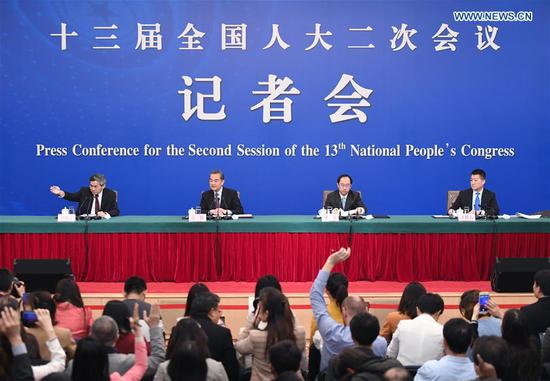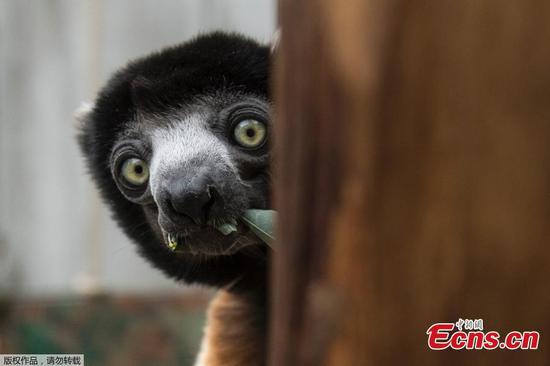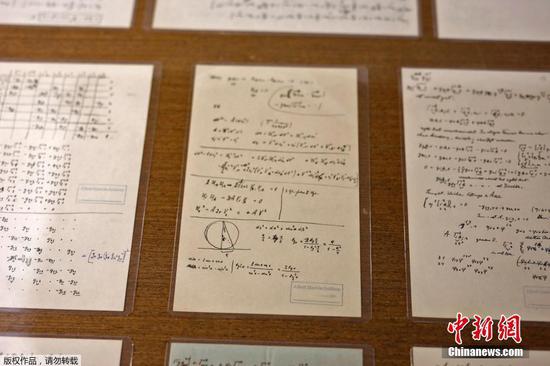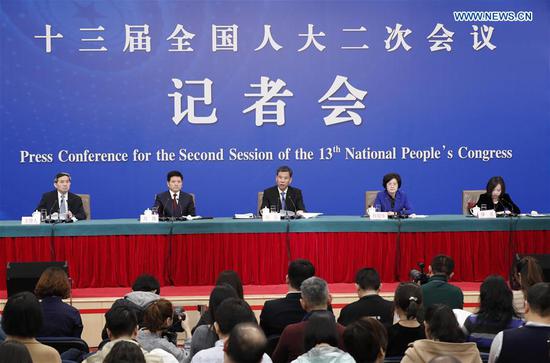China's new yuan-denominated loans stood at 885.8 billion yuan (about 131 billion U.S. dollars) in February 2019, up 46.5 billion yuan year on year, central bank data showed Sunday.
In the first two months, the country's new yuan-denominated loans increased by 374.8 billion yuan year on year to hit 4.11 trillion yuan, according to the People's Bank of China (PBOC).
Seasonal surge in new yuan loans in January contributed mainly to the growth in the first two months, Yi Gang, governor of the PBOC, told a press conference on the sidelines of the annual legislative session.
China's new yuan-denominated loans stood at 3.23 trillion yuan in January 2019, central bank data showed.
Bill financing also increased a lot in January, largely providing support for the real economy, especially for small and medium-sized enterprises, said Pan Gongsheng, deputy governor of the PBOC, at the press conference.
The M2, a broad measure of money supply that covers cash in circulation and all deposits, rose 8 percent year on year to 186.74 trillion yuan at the end of February, according to the PBOC.
The M2 growth was 0.4 percentage points and 0.8 percentage points down from the levels at the end of January and the same period last year, respectively.
The narrow measure of the money supply (M1), which covers cash in circulation plus demand deposits, rose 2 percent year on year to 52.72 trillion yuan by the end of last month.
M0, the amount of cash in circulation, fell 2.4 percent year on year to 7.95 trillion yuan by the end of February, according to the PBOC.
Newly-added social financing, a measurement of funds that individuals and non-financial firms get from the financial system, stood at 703 billion yuan in February, down 484.7 billion yuan year on year.
In the first two months, however, newly-added social financing totaled 5.31 trillion yuan, up 1.05 trillion yuan from the same period last year.
By the end of February, China's total outstanding social financing rose 10.1 percent year on year to 205.68 trillion yuan.









